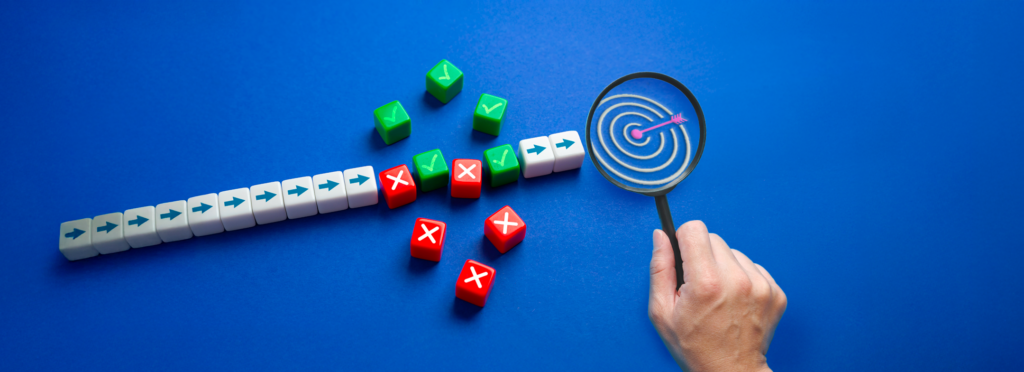Develop Literacy Skills and Civic Competency: Plan an Identity Artifact Museum Activity

Identity cannot be found or fabricated but emerges from within when one has the courage to let go.
– Doug Cooper

INTRO
“Do Something” performance tasks ask students to demonstrate their anti-bias awareness and civic competency by applying their literacy and social justice knowledge in an authentic real-world context. The Identity Artifacts Museum activity provides students with the resources, time, and strategies necessary to reflect upon and better understand aspects of their own identities and those of others.
OBJECTIVES
- Develop students’ literacy skills in an authentic real-world context
- Students demonstrate their anti-bias awareness and civic competency
“Do Something” performance tasks ask students to demonstrate their anti-bias awareness and civic competency by applying their literacy and social justice knowledge in an authentic real-world context.
Identity is a core foundation of anti-bias education. Students should see elements of their identities reflected in their classrooms and schools.
The below activity provides students with the resources, time, and strategies necessary to reflect upon and better understand aspects of their own identities and those of others.
ACTIVITY: Identity Artifact Museum
Students create a display of artifacts to represent aspects of their identities.
Estimated time: 2-3 weeks
Suggested Grade Level: K-2
PURPOSE
Students begin to understand the many aspects and layers of their identities in a healthy and positive way. Young children in particular need to learn that all the elements making up an individual are valuable. An identity artifacts museum allows students to explore who they are. They also learn about and appreciate their classmate’s identities.
STEPS
![]()
Assess for materials and resources students can use to create their identity artifacts. If possible, coordinate with an art teacher. Consider securing the following:
- Recycled materials
- Clay
- Colored pencils
- Paints
- Magazines
![]()
Review themes or topics from the central text that connect to identity.
![]()
Brainstorm and review aspects of identity with students, including social identifiers/identity group descriptors outlined by the Framework for Anti-bias Education such as:
- Ability/disability
- Culture
- Family structure
- Gender
- Language
- National origin
- Race
- Religion
- Socioeconomic status
![]()
Have students brainstorm different aspects of their own identities.
![]()
Model the process of creating an artifact to represent an identity aspect (e.g., a cross, a four– leaf clover, etc.). Have students prepare decorations and illustrations that connect to bulletin board themes and topics.
![]()
Allow students time to work on their identity artifacts. Students can create artifacts to represent a single aspect of their identity or multiple aspects. As a class, plan how the bulletin board will be arranged.
![]()
Have students write descriptions about how one or more of their artifacts represent(s) their identity.
DISPLAY
1. Display the artifacts and their accompanying descriptions in a “museum” format.
2. Facilitate a “gallery walk” through the museum
- Students walk around and first look at artifacts quietly.
- Students can leave comments on sticky notes or deliver them orally.
REFLECTION
1. Have students discuss and share their artifacts with a partner. Possible questions include:
- What did you learn about your partner through the artifact?
- Do you relate to your partner in any way?
- What do you like and appreciate about your partner’s artifact?
2. Have the class share reflections on their partner discussions.
3. Encourage students to journal about their reflections. Possible questions include:
- Why is this aspect(s) of your identity important to you?
- What was special about seeing other’s artifacts?
- Were there artifacts you wanted to include but didn’t? What were they?
TIPS
- English Language Learners
- This task allows students to express important and meaningful aspects of their identities through non–language based modalities. Graphic organizers, planning sheets, and sentence starters can help scaffold and support students learning English throughout the writing/reflection process so they feel confident describing their work and giving feedback. This project engages linguistic, spatial/artistic, and intra-personal learning modalities.
- Key Moves are efforts that require a bit of planning, such as the activity above, but can be implemented within the next three to six months.
- Interested in similar activities?
- Check out Learning For Justice, and their full resource page with 34 suggestions.
- This activity could also be modified for older students.






Responses